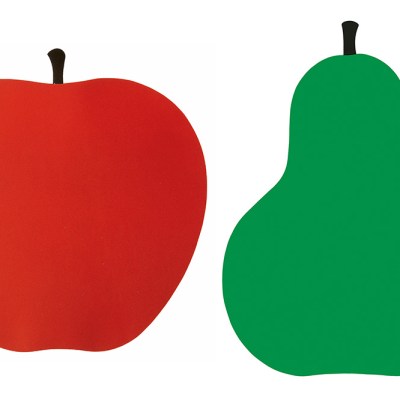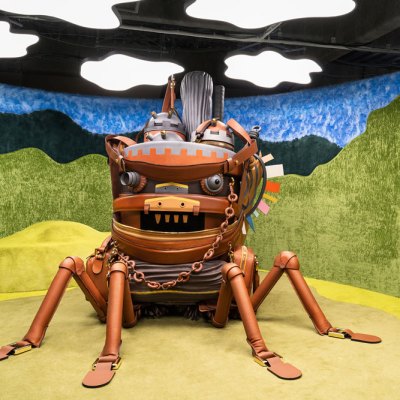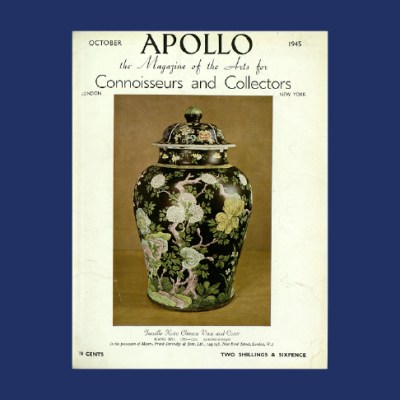Milan is the self-proclaimed ‘home of design’. The billboards tell you this when you land at the airport, as do the queues snaking around its elegant streets and the surge prices on Uber during the five-day Salone del Mobile, the world’s most important furniture fair, which has been running since 1961 and anchors the wider revelries happening across town during Milan Design Week, otherwise known as Fuorisalone. At this time of year, the city’s dual identity as a cultural behemoth and commercial engine is laid bare and it pulses with an air of celebration, drumming up hype for design as a public-facing creative endeavour.
Design aficionados and professionals alike are standing in line to enter the numerous palazzos and cavernous industrial spaces that open up during the festival to takeovers by some of the world’s biggest international luxury brands. Unlike at art weeks, it is these names rather than those of artists that are foregrounded. Hermès, Prada, Range Rover, Louis Vuitton and Google are all here, promoting themselves through artworks, immersive installations, performances, parties, brunches and talks. These tend to be either overt product launches or lofty conceptual gestures about the future of the world. IKEA presented a craft-infused update to its Stockholm furniture collection, which turns 40 this year; Kia presented a programme of talks, performances and artworks uniting designers with practitioners of other disciplines within a blacked-out interior; Gucci commissioned a series of works that make poetic use of bamboo – a nod to its 1947 bag handle – by the likes of Nathalie Du Pasquier and Dima Srouji. It is only superstars like the set designer Es Devlin and the design duo Formafantasma who get headline billing over their sponsors: the former set up a revolving display of books and a soundscape of political quotes in the central courtyard of the Pinacoteca di Brera, the city’s main repository of historic Italian paintings, while the latter presented their ever-popular symposium about the future of design, this time about infrastructure at Milano Centrale station.
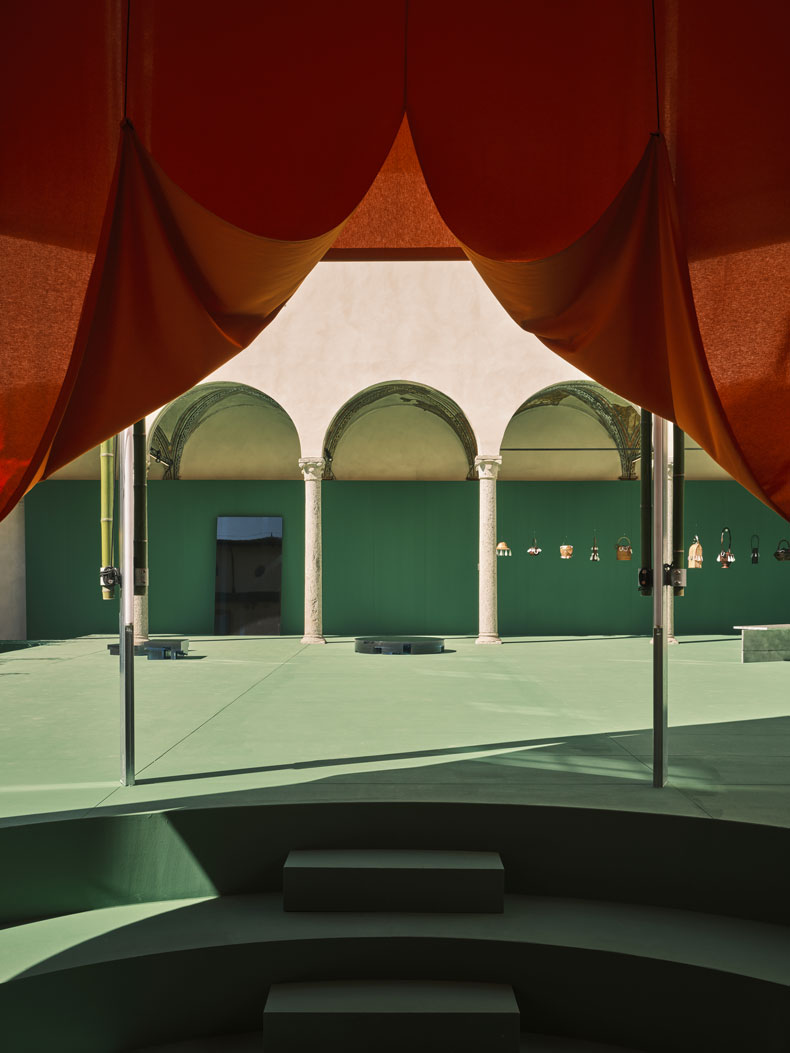
There are, according to Fuorisalone, 1,060 events taking place across the city – from Brera, Milan’s traditional design hub, and the bohemian canalside district Tortona, to Dropcity, a new permanent space for experimental design and making, and Alcova, an annual takeover of unusual buildings at the edge of the city. Frenetic public-relations activities combine with FOMO and bouncers escorting a select few behind velvet ropes to create a buzz that has helped cement the primacy of design in the city’s consciousness. In the past, a stylist based here tells me, fashion week used to be the thing, but as that sector changed – with fewer spectacular runway shows and more exclusive presentations to a select few – design week has overtaken it. It is estimated that more than 500,000 international visitors will visit this year, but it’s also hugely popular with local audiences.
All this comes against a sobering backdrop of economic change. While 2,100 design brands were minding their stalls at the Salone, Donald Trump was launching a sweeping range of tariffs on goods entering the United States, which is the Italian furniture industry’s second-biggest market after France and the recipient of some 10 percent of the country’s exports. Since the Salone is a global affair, the tariffs will no doubt send shockwaves across the sector, which is vulnerable to downturns up and down its supply chain. One wonders what impact we will see at Milan next year.
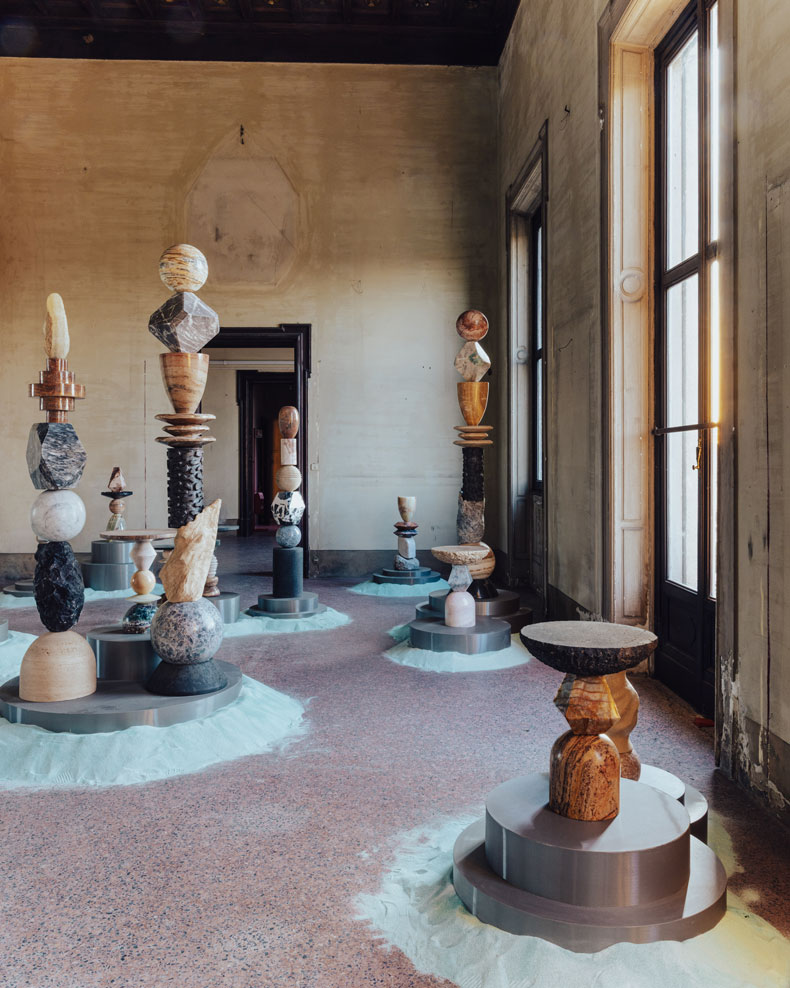
These hard realities are a sharp reminder that, while it may have the atmosphere of a cultural festival, this event is ultimately a site for business: the lavish installations, immersive experiences and brand activations are there to bolster the bottom line of a service sector that offers its products and ideas to consumers and other businesses. Beyond the spectacle, Milan is where designers are scouted by furniture companies, specifiers look to fit out their hospitality, leisure, retail and office spaces, and architects and interior designers find each other amid the chairs.
So what is the purpose of design? The sprawling nature of the Fuorisalone programme mirrors the field’s somewhat confused identity – Milan suggests it is in equal parts a vehicle for problem-solving, marketing, artistic expression and domestic decoration. It’s common, nowadays, to discuss the blurring of disciplinary boundaries: many suggest that labels like ‘design’, ‘art’ and ‘craft’ are artificial and old-fashioned and that creative practitioners should be able to flit between fields – and that in today’s uncertain economy, few can afford to silo themselves off from opportunities. The reality is that in this blurring, more often than not, the applied and performance arts get subsumed under the umbrella of fine art. Musicians, potters, dancers and architects want to be known as ‘artists’, opting for the prestige – and often higher price tags – that the art world brings, with its elevated associations with the soul rather than hand and brain. In turn, the art world has had the foresight to absorb adjacent fields into its orbit, benefitting from all that makes them unique: see Assemble’s Turner Prize win in 2015 or the resurgence of textile art in recent years.

But Milan shines brightest when it celebrates design in its truest sense: when it showcases ideas and materials that could change the world – tackling waste, urban malaise, social fragmentation – or that foreground beauty, functionality and skill. Away from the spectacle are group shows at venues such as Base Milano, Alcova and House of Switzerland, where you can see these qualities: student projects and work by more established practitioners sit side by side with examples of how industry can reuse composite materials, and useful, beautiful objects for everyday life. You can also visit numerous showrooms across the city and at the fair itself to nerd out on the finer details of furniture and objects, and trace the evolution of our tastes over the decades.
Design doesn’t need to be about something, or to reference social or environmental issues in an abstract sense – the design is the point. The specific skills, ways of working and thinking, and the role that design practitioners play in fulfilling human needs, not only deserve to be celebrated but must thrive in a world where solutions to existential problems are desperately needed. The challenge, as ever, is to channel the power of commerce and marketing, and the rich range of creative thinking from beyond design, to elevate the things that matter.

Salone del Mobile is at Fiera Milano; Milan Design Week takes place around the city. Both run until 13 April.
